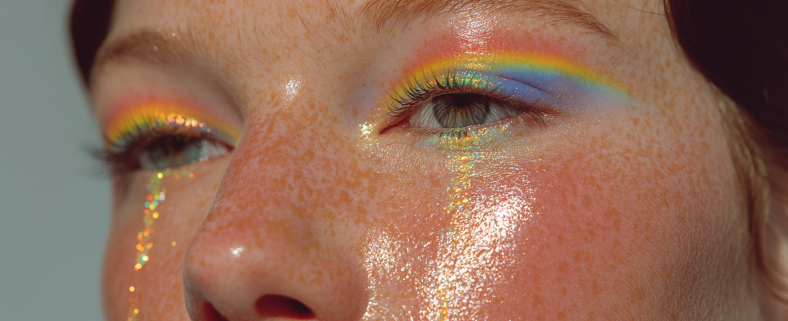A small love letter to colors behaving badly…
We recently helped a client adjust their color palette – not a full rebrand, just a little fine-tuning to make things work better across different formats. The brand already had a bold and beautiful set of digital colors. Super saturated, high-impact, full of personality. But then came the print materials… and suddenly everything fell a bit flat. Their vibrant digital blue? It printed as a kind of moody purple. Not exactly the vibe.
It’s a classic design plot twist: colors that look stunning on screen don’t always play nicely in print. On top of that, their ultra-saturated palette, was tricky to work with. It left very little breathing room in layouts and made it hard to strike the right balance. What they really needed were a few more versatile, middle-ground tones that still felt on-brand but gave their designers more flexibility across different formats.
So let’s talk color systems, just for a sec (we promise to keep it short):
RGB is what your screens love—red, green, blue light mixed together to create electric, bright colors. It’s the wild child of the color world.
CMYK is what your printer uses—cyan, magenta, yellow, black. A little more grounded. It can’t do neon. It’s trying its best.
Pantone (PMS) is the control freak of the group. It’s a standardized color library used in professional printing when you want to be very specific. It’s how you make sure your brand orange doesn’t turn into a dull peach.
Back to our client: we ended up creating a dual color system, a digital palette that kept all the punch and personality, and a print palette that translated the same feeling with slightly more sensible, CMYK-friendly tones. We also added a few Pantone values for key brand colors, so they’d always print beautifully and consistently when needed. Pantone is great for precision, but it often comes with a higher price tag in print production – so we used it selectively, only where consistency really matters.
We all live between pixels and paper now. Our brands show up in decks, posters, websites, tote bags, IG carousels, business cards, billboards – you name it. And your colors need to behave everywhere. That means making small adjustments so they stay true to your brand without becoming unrecognizable or dull depending on where they show up.
We know color can be a surprisingly technical (and slightly annoying) part of branding, but getting it right is worth it. Especially when a tiny shift can make a huge difference in how polished and cohesive your brand feels across every touchpoint.
If your colors are feeling a little unruly lately, we’d love to help tame them. 💙



